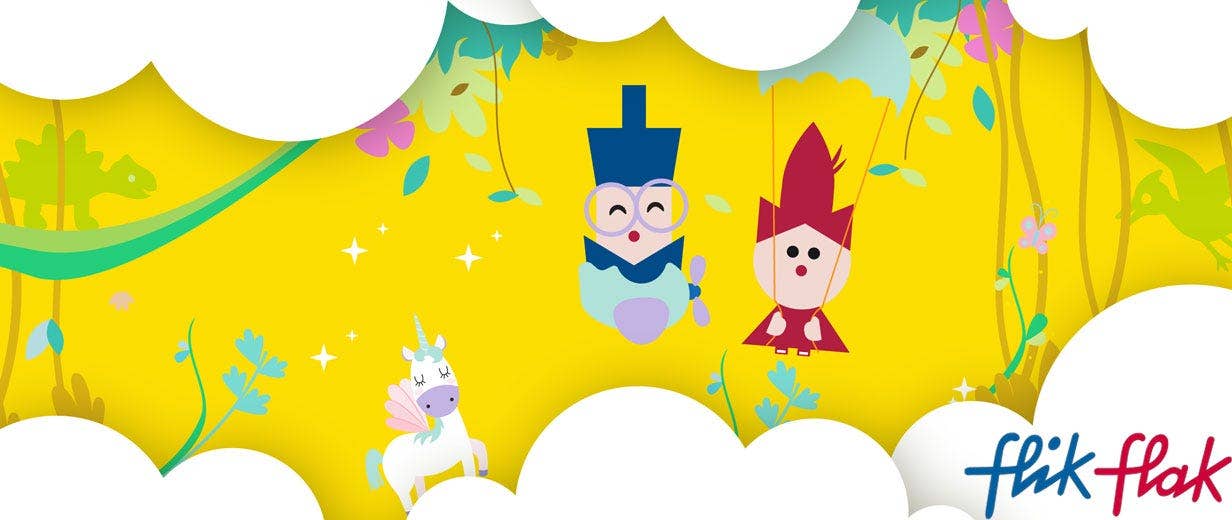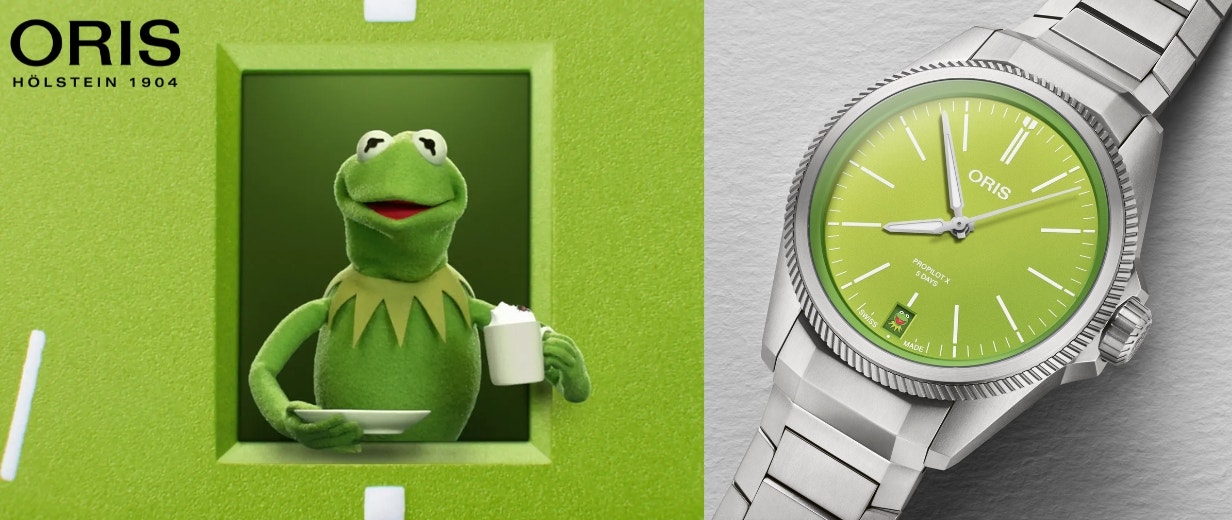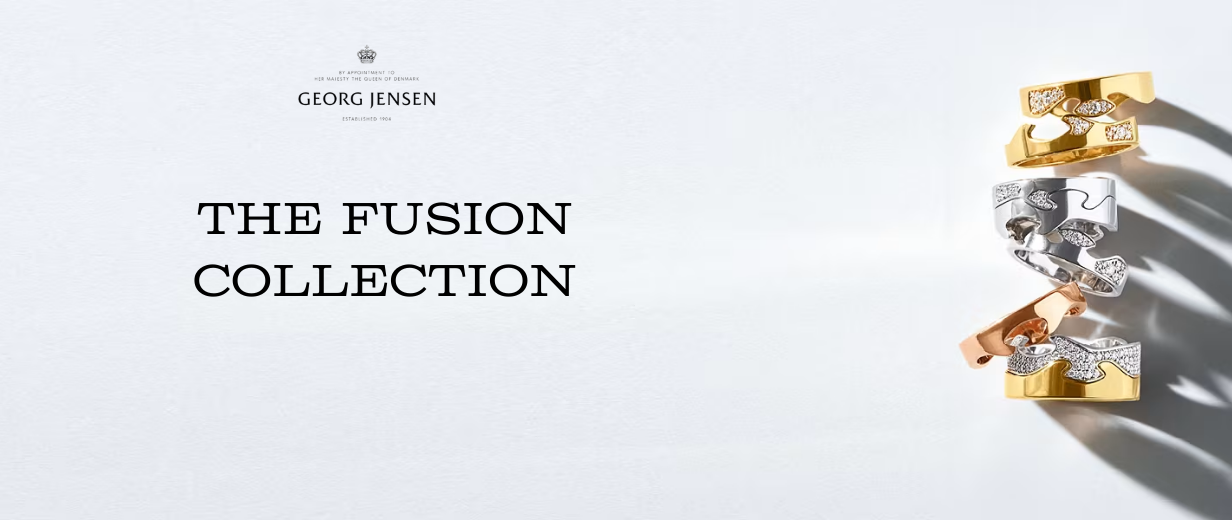About History of Ireland Jewellery Collection | Weir & Sons
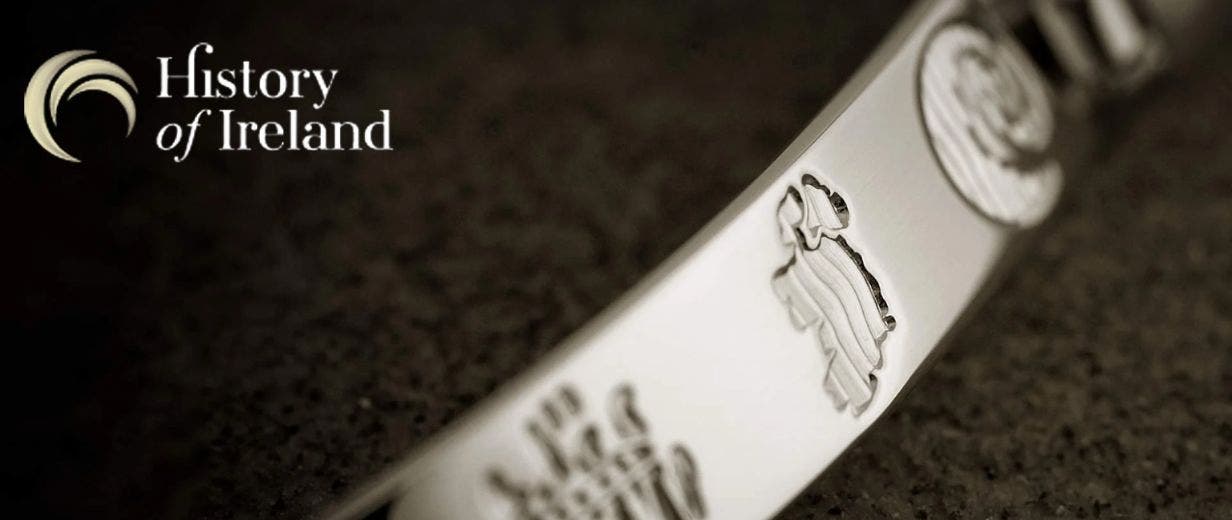
In 1970, Irish silversmith Michael Hilliar was inspired to create the original History of Ireland collection, drawing from the carvings found on Celtic high crosses across Ireland, dating back to the 5th century. While the designs have evolved to embrace a more contemporary style, the inspiration and message remain a steadfast tribute to our history.
The collection is handcrafted in sterling silver and proudly bears the Irish hallmark from the Assay Office at Dublin Castle.
Each piece in the History of Ireland collection is engraved with 12 symbols, each representing significant eras in Irish history. The journey begins with the Celtic swirl from the Neolithic age, moving through St. Patrick, the majestic Round Towers of 9th century Ireland, the Vikings, the Norman invasion, the Battle of the Boyne, the United Irishmen, the Irish Flag, the Great Famine, Emigration, the GPO, and concludes with the Partition of Ireland. Discover the history behind each of the 12 symbols as you embark on a journey through Ireland's past...
Circle of Life
No beginning, no end... The Celtic swirl, like those carved by our ancestors 5,000 years ago, symbolises the unwinding path of life. The rich culture, heritage, and traditions of our earliest settlers have been passed down through generations, embodying a deep sense of life, faith, and hope.
We continue to travel this unwinding path, a never-ending journey into the unknown future.
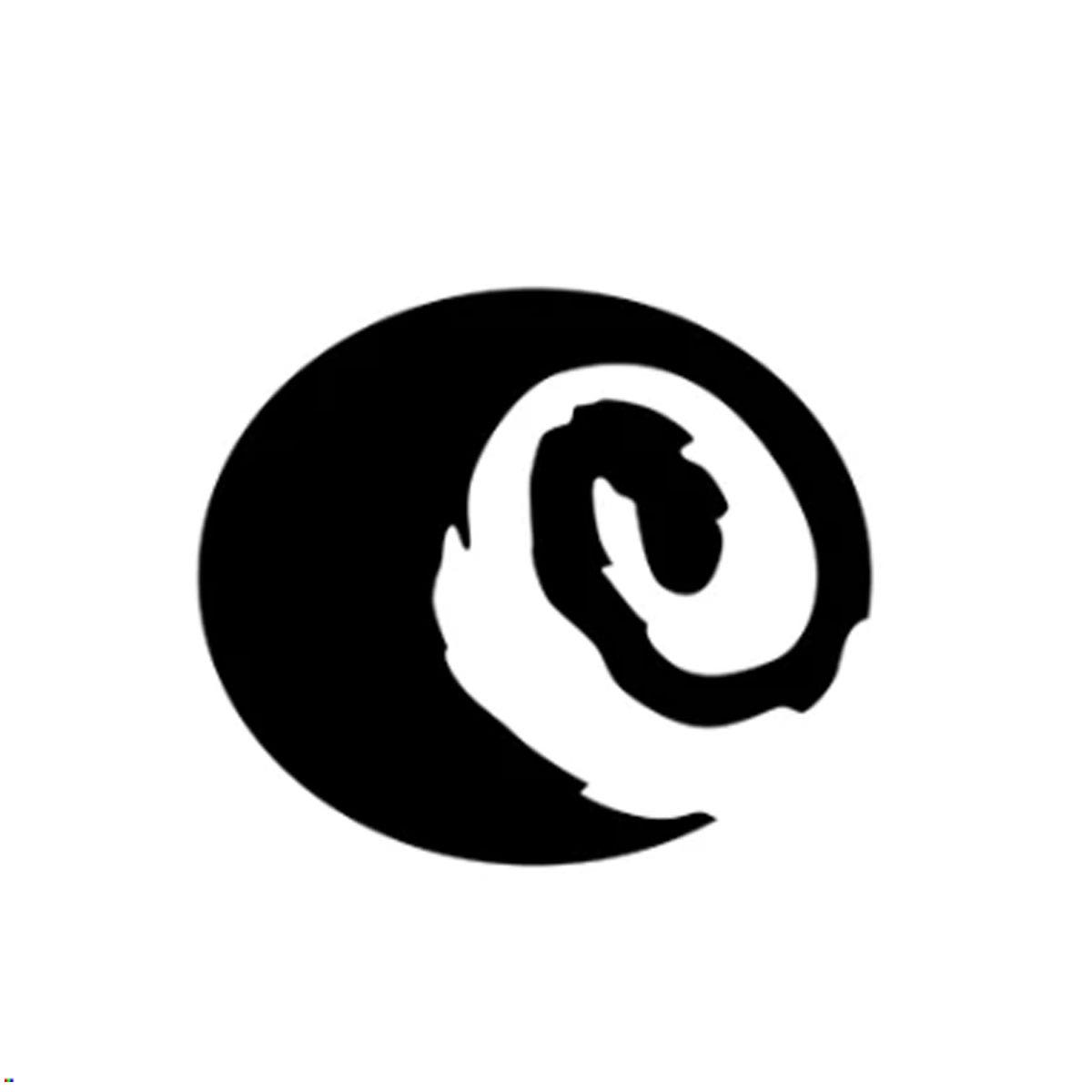

Saint Patrick
Saint Patrick - Ireland’s patron saint, in the 5th Century, helped transform Ireland from a land of pagan illiteracy into one known as a haven of learning, culture and Christianity. A heritage we are known for to this day and which is celebrated internationally every year on the 17th March.
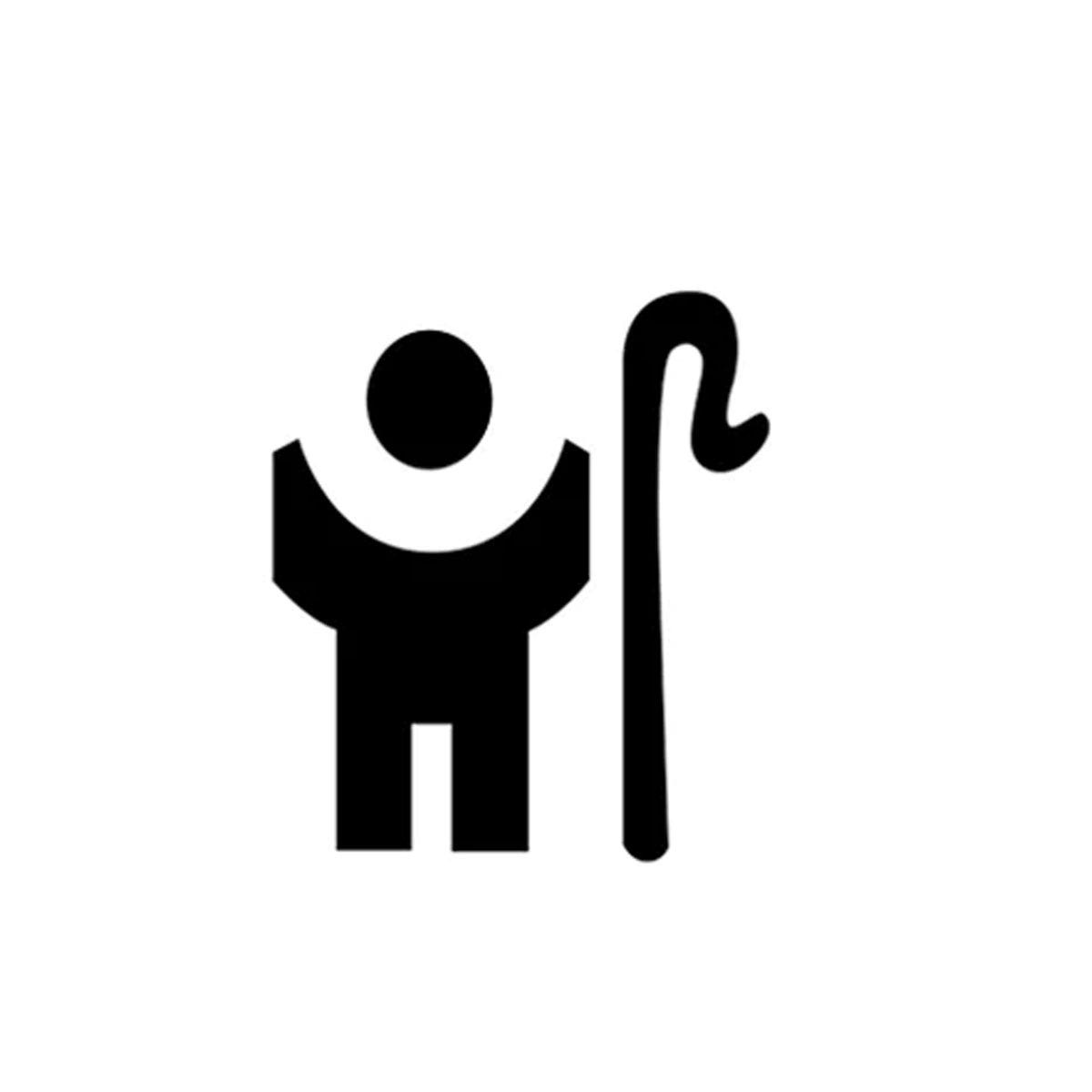

Round Towers
These magnificent stone structures proudly stand as enduring images of the Christian faith in Ireland having provided refuge from invaders for the religious community and their precious relics between the 9th and 12th centuries.
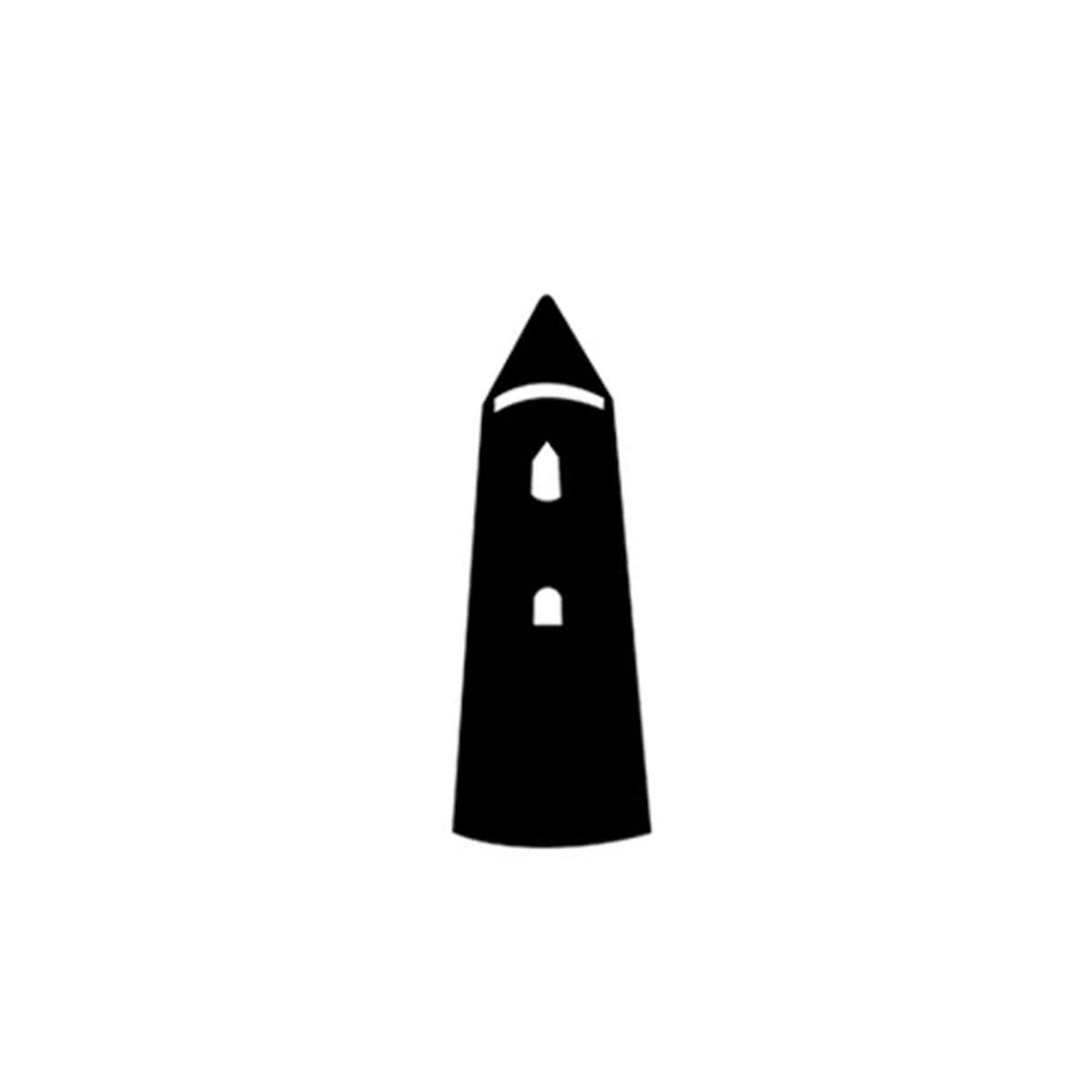

Vikings
A race known for their plundering sprees across the high seas. Viking raids (first recorded in 795) were at first small and intermittent, but over the following decades they intensified in number and ferocity until the invaders found permanent settlements that irrevocably changed the landscape and society of Gaelic Ireland.
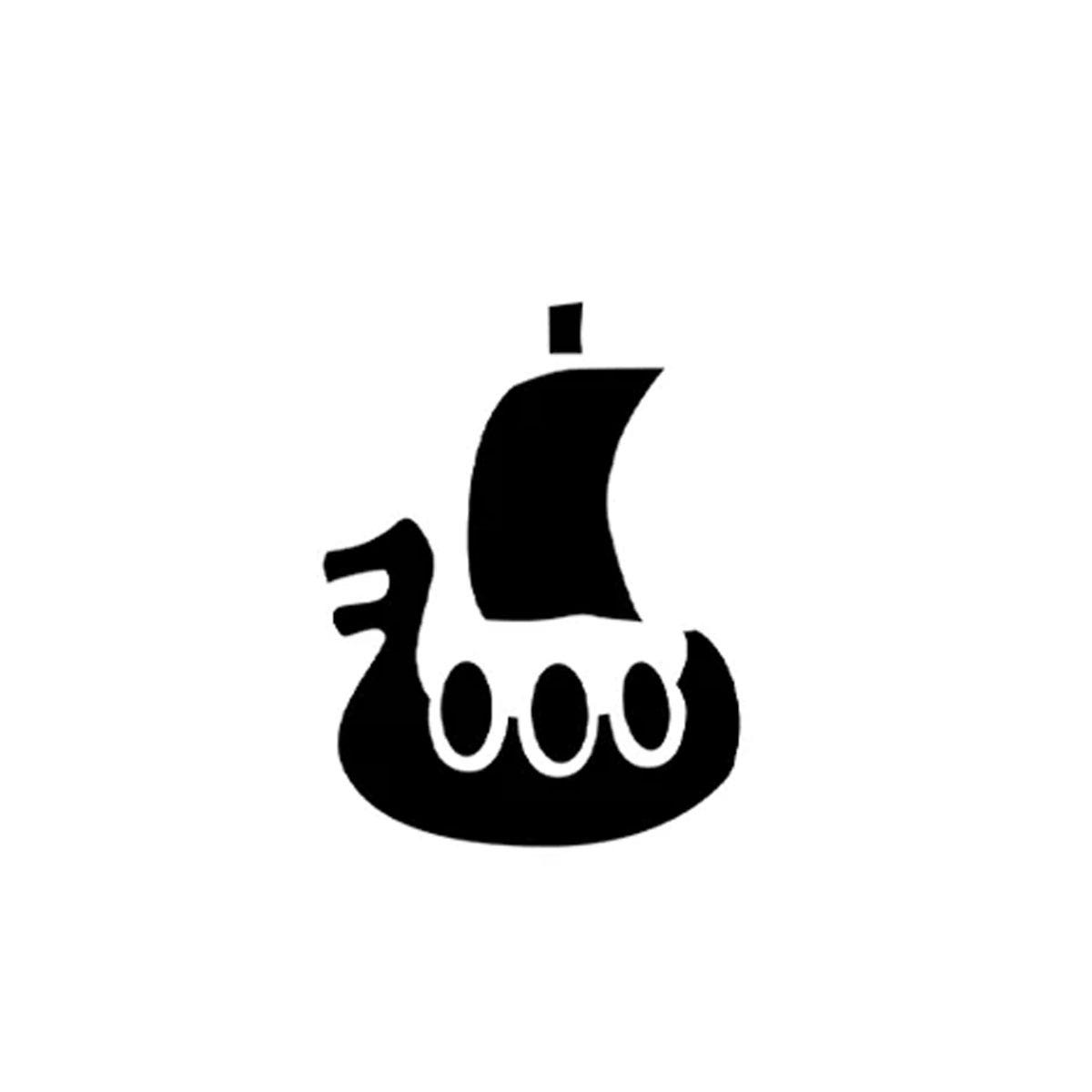

Norman Invasion
Our history of invasion persisted when the exiled King of Leinster sought help to reclaim his throne. The Norman-French army quickly gained victory in Ireland, but Henry II, fearing a rival Norman state could challenge the English throne, led his troops into Ireland in 1171, compelling the Irish kings to submit to his rule.
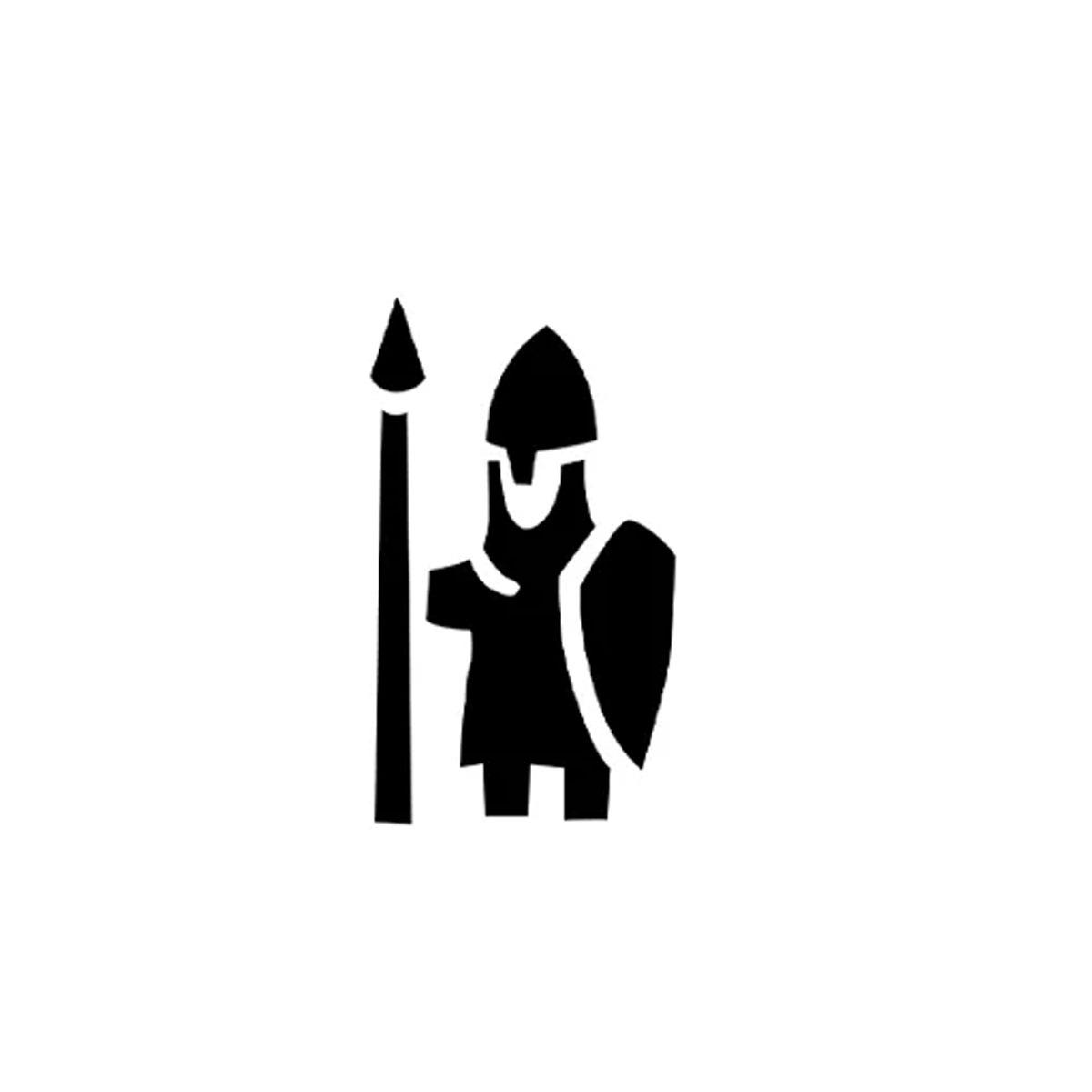

Battle of the Boyne
The Battle of the Boyne in 1690 saw Catholic King James II face his Protestant nephew and son-in-law, King William of Orange. The battle decided three key issues: the English throne, French dominance in Europe, and power in Ireland. This clash is pivotal in the ongoing struggle between Ireland's Protestant and Catholic communities, securing Protestant dominance in Ireland for centuries.


United Irishmen
A century later, religious tensions remained high as Catholics sought greater rights, feeling exploited by the ruling elite. The United Irishmen aimed to separate religion from politics. Despite its growing popularity, the movement was banned in 1793 and collapsed by 1803, following the brutal violence of the 1798 rising.


Irish Flag
Ireland’s national flag, the tricolour of green, white, and orange, represents the country’s diverse heritage. Green symbolises the Gaelic tradition, orange stands for Protestant supporters of William of Orange, and white in the middle signifies peace between the two. The flag embodies unity and inclusion for all Irish people, regardless of religious or political beliefs.
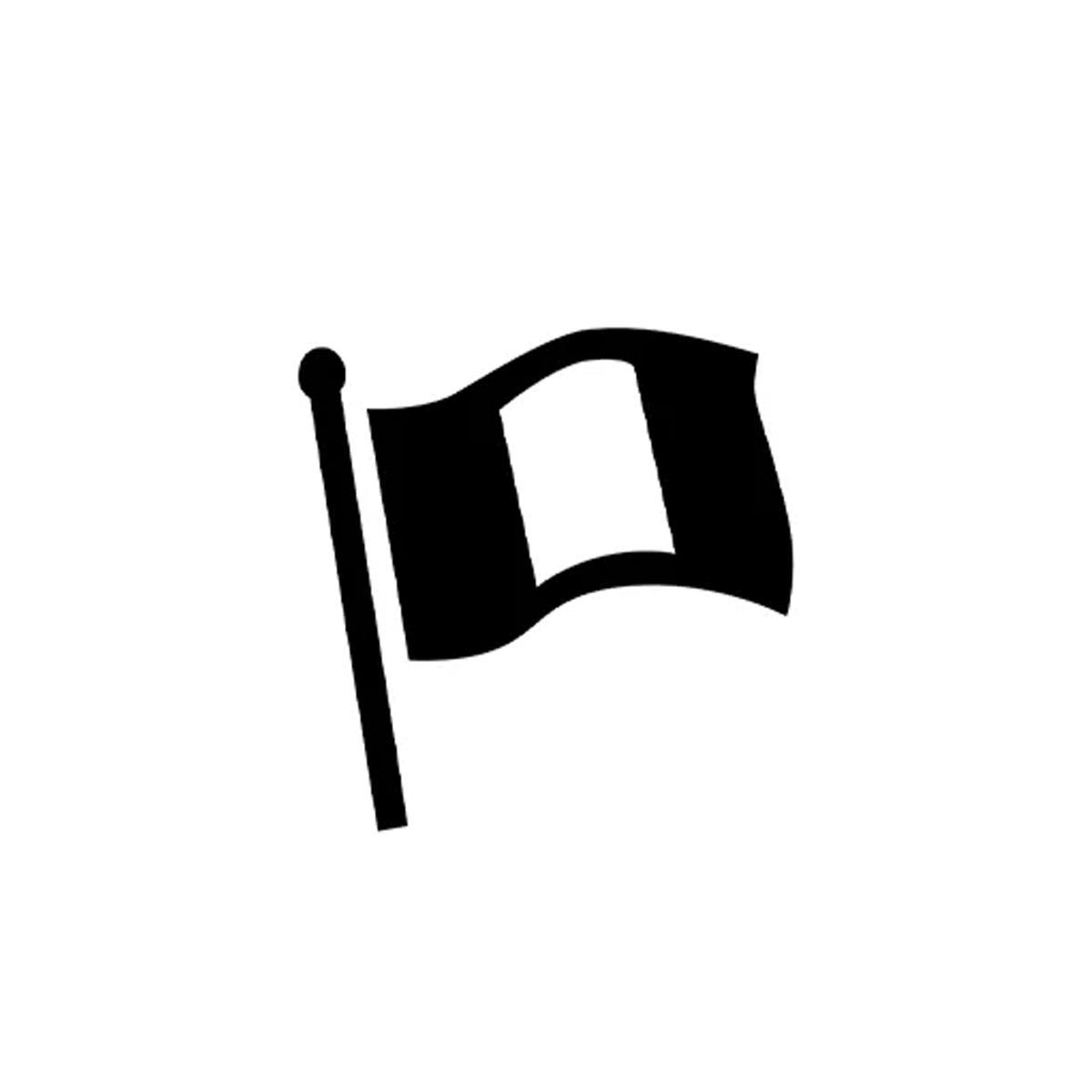

Famine
In 19th-century Ireland, hunger was common, but the Great Famine of 1845-1852 brought unprecedented mass starvation. An estimated one million people died, and over a million emigrated, largely due to the population's heavy reliance on potatoes as their primary food source.
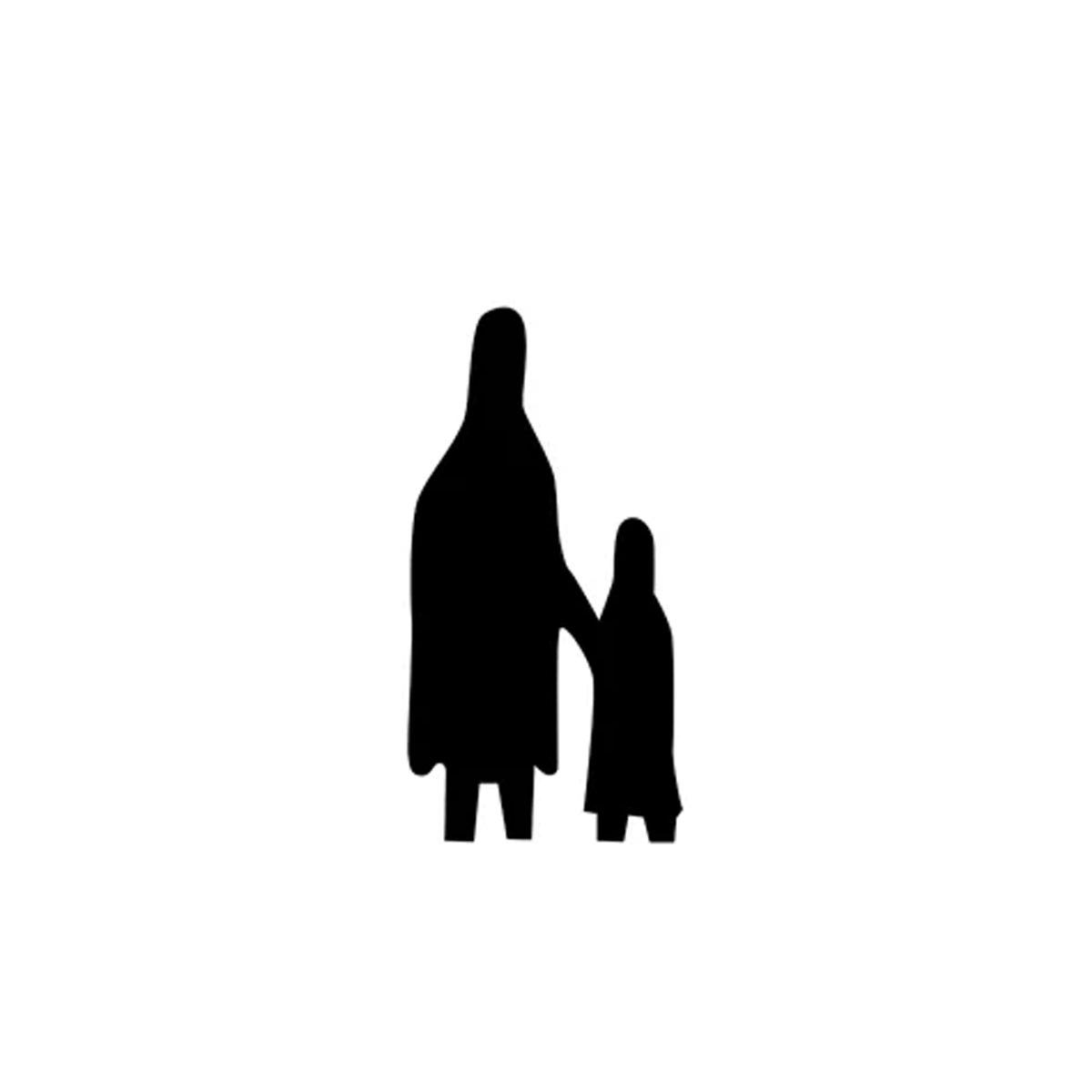

Famine Ships
The famine marked a turning point in Ireland's history, sparking the mass emigration to places like America. Famine ships, overcrowded and disease-ridden, offered hope but often led to tragedy. Many who fled the horror of famine faced nightmarish conditions on these poorly provisioned vessels, with hundreds dying on the journey.


GPO
The Easter Rising of 1916, led by the Irish Republican Brotherhood, aimed to end British rule and establish an Irish Republic. On 24th April, key buildings in Dublin were seized, with the General Post Office (GPO) serving as the headquarters. Here, the Proclamation of the Republic was declared. After days of intense British shelling, the GPO caught fire, forcing the rebels out. The GPO remains a powerful symbol of the Rising.
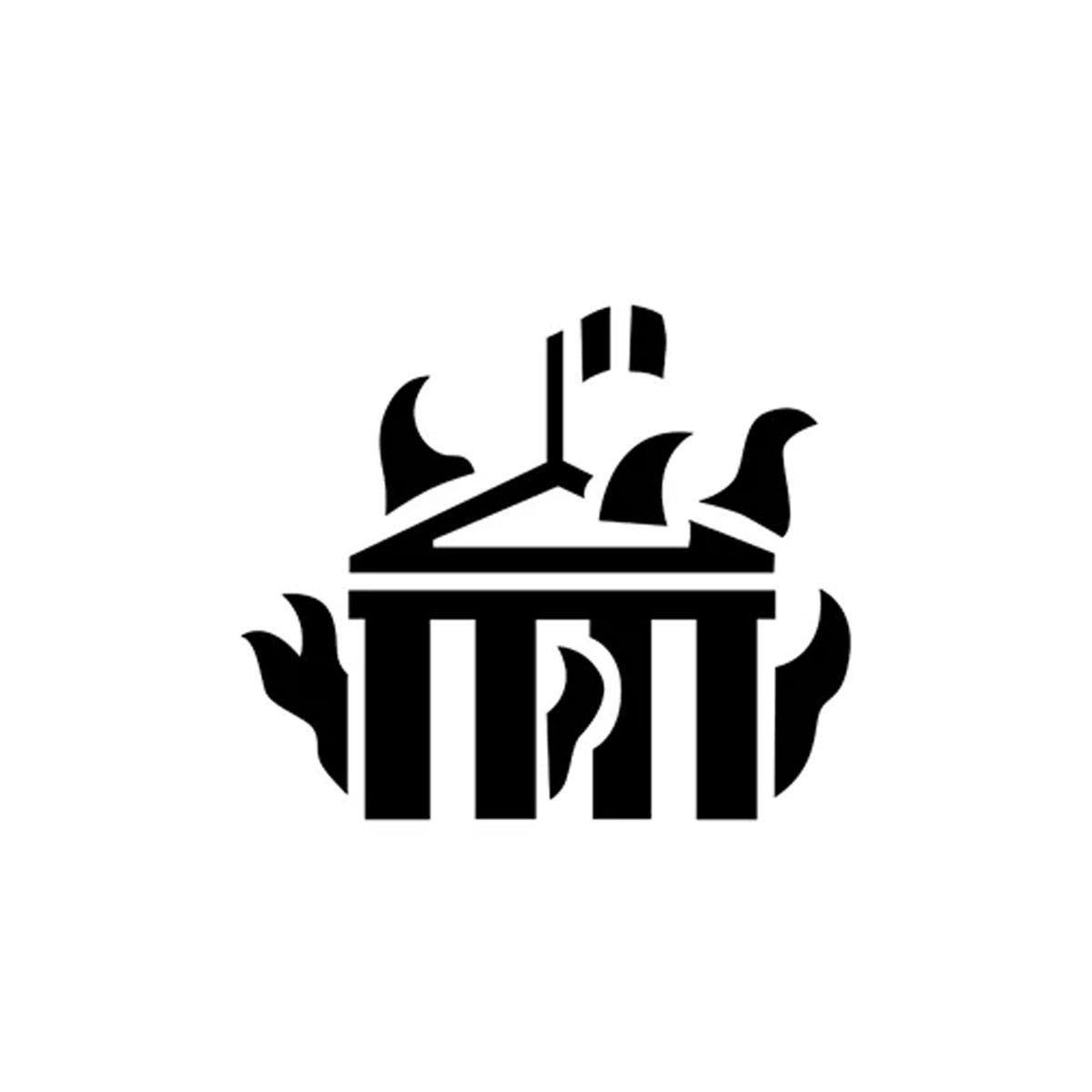

Partition
Following the declaration of independence, the War of Independence erupted between rival republican factions. The resulting treaty established Southern Ireland and Northern Ireland as self-governing entities. Northern Ireland, with its predominantly Protestant population, chose to remain part of the United Kingdom. Although the geographical divide persists, relations between North and South are now peaceful.




